I have 250 objects and I used h <- hclust(distance.matrix, method = "single") to obtain a hclust object. If I plot the dendrogram from h, it is just a mess since there are too many objects and the labels just get squashed together.
Suppose I am interested in particular groups of cluster
Now, I know we can use cutree to cut a tree, e.g., as resulting from hclust, into several groups by specifying the desired number(s) of groups.
But how can I obtain a dendrogram for those smaller groups of clusters in R separately?

